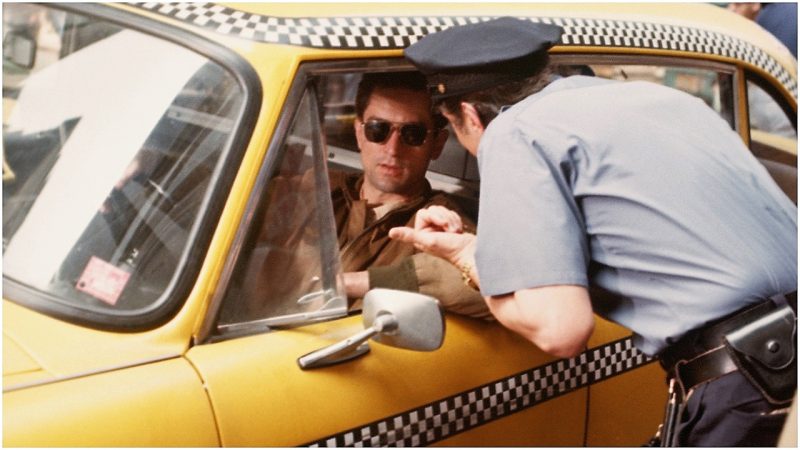
If you were to hail a cab in New York City in the early 1970s, you might well have noticed the brooding driver in his 30s at the wheel of your ride.
He wasn’t exactly a household name at the time, but the movie Mean Streets (1973) had certainly put him on the map prominently enough to spark some recognition.
Whether you realized who was driving you to your destination or not, you would certainly have received a shock when the project he was working on, directed by Martin Scorsese, blasted its way into cinemas.
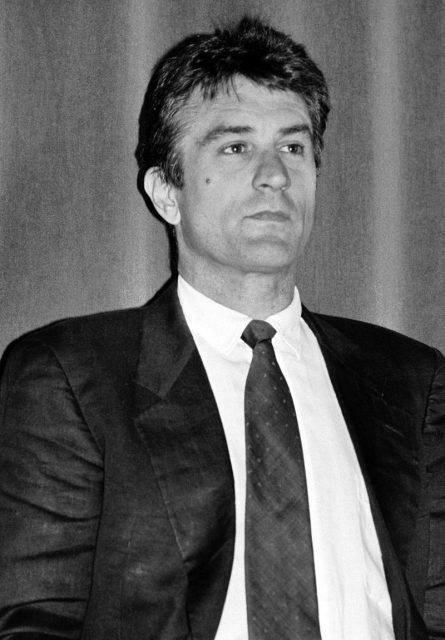
De Niro in 1988. Photo by Roland Godefroy CC BY 2.5
Taxi Driver got audiences talking in 1976 with its depiction of a tortured loner and Vietnam veteran Travis Bickle, who worked the job of the title. Its star was, of course, Robert De Niro, and yes that really was him you saw in the rearview mirror.
In 2014 the New York TLC (Taxi and Limousine Commission) tweeted a picture of De Niro’s taxi license.
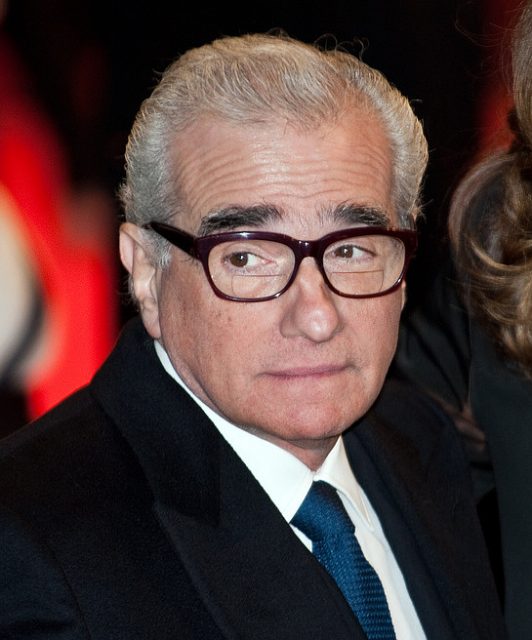
Martin Scorsese Berlinale 2010. Photo by Siebbi CC BY 3.0
He’d acquired it so he could prepare for the role of Bickle, reportedly driving 12-hour shifts for a straight month picking up fares.
He’d also squeeze in a shift when he wasn’t filming in the Big Apple, according to a Business Insider article from the same year.
The article covered the TLC’s shout out to passengers from back in the day… they wondered if anyone remembered riding with the soon-to-be American icon.
Sadly, the responses didn’t rush in, the way Bickle rushed in all guns blazing to rescue teenage prostitute Iris (Jodie Foster) from the forces of darkness.
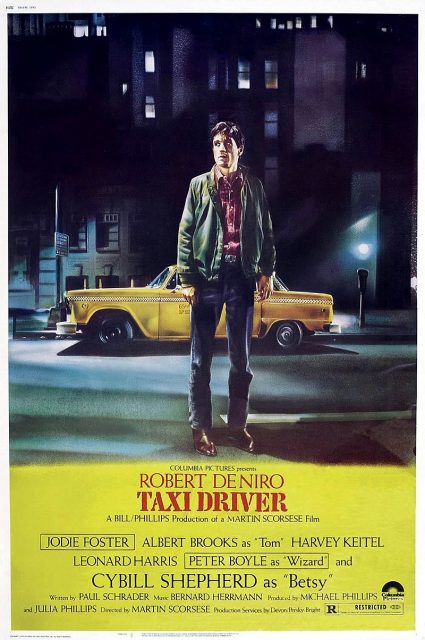
Poster for Taxi Driver,
Though De Niro himself was the first to admit he was only recognized once. Even then his fare was a fellow actor, an amusing story relayed in the 2010 book The Films of Martin Scorsese and Robert De Niro by Andrew J. Rausch. “Well that’s acting,” the man remarked. “One year, the Oscar (for The Godfather Part II) – the next, you’re driving a cab!”
You’ll see the expiration date on the license is May 1976, so De Niro could possibly have continued this sideline if he wanted to.
Thankfully, the situation never occurred, and he went on to push himself to the limit in a variety of parts for Scorsese and other legendary directors.
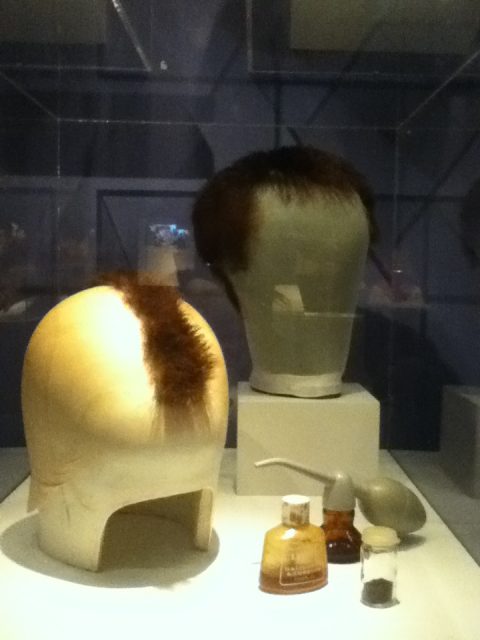
Robert De Niro’s wig from “Taxi Driver” Photo by Pollack man34 CC BY-SA 3.0
He trained under acting tutor Stella Adler, an exponent of the Stanislavski technique. While you might think De Niro is a Method actor, this isn’t strictly true.
The Method places great emphasis on psychology. De Niro relied on a more rounded tactic to flesh out his characters.
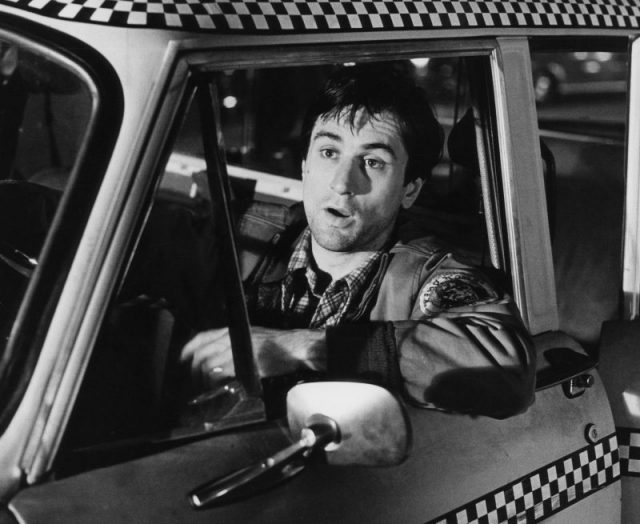
Robert De Niro performs a scene in Taxi Driver directed by Martin Scorsese in 1976 in New York, New York. Photo by Michael Ochs Archive/Getty Images
Adler founded a famous School of Acting, whose website offers the following explanation: “Actors’ imaginations are the most powerful source for them to draw on… the actor must be able to create a transforming, living experience…to locate the fullest range of motivational force.”
De Niro definitely used his imagination to fuel the creation of Bickle. Taxi Driver began taking shape while he made 1900 with Bernardo Bertolucci in Italy. Even miles from New York the actor began his prep in earnest.
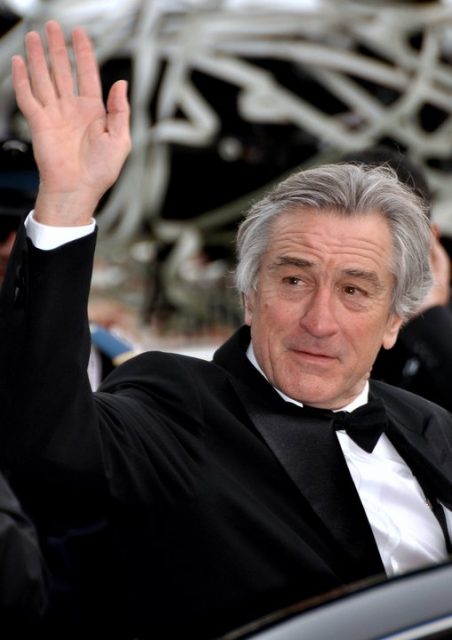
Robert De Niro at 2011 Cannes Film Festival. Photo by Georges Biard CC BY-SA 3.0
As recounted by De Niro at a 40th anniversary live event for the movie and detailed in The Hollywood Reporter, “I’d met with Marty in Cannes while shooting 1900, and we went over the script.”
“And I worked with some guys on a military base in Northern Italy on the [Midwestern] accent. Then I flew back to New York and started driving a cab.”
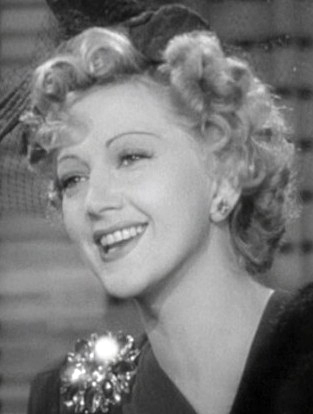
Stella Adler
Stella Adler was also supposed to have helped inspire Bickle’s most well-known piece of dialogue, delivered to a mirror by De Niro.
The cinema archive website icff outlines how he combined an acting exercise by Adler with something he heard Bruce Springsteen say at a concert in 1975: “You talkin’ to me?”
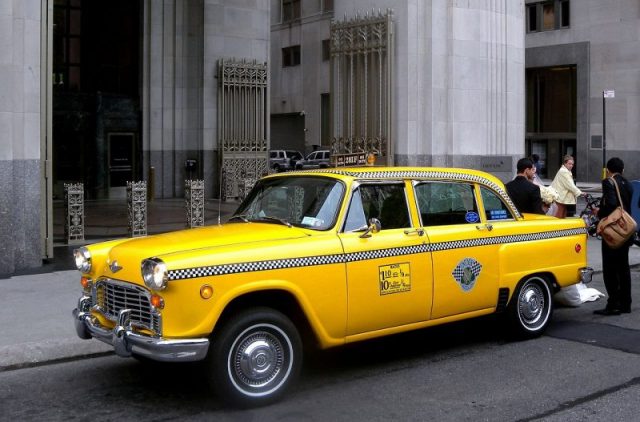
Looking south from Madison Avenue at restored Checker A-11 Cab being used as a prop
De Niro applied himself similarly to the role of Jimmy Doyle in Scorsese’s 1977 throwback picture New York, New York, where he learned to play the saxophone, before enraging Jerry Lewis with anti-Semitic taunts off-camera as the ultimate showbiz stalker Rupert Pupkin for The King of Comedy (1982).
So if you did happen to catch a ride in Robert De Niro’s cab that month, you were part of a wider journey that gave rise to one of the most influential actors of the past century.
